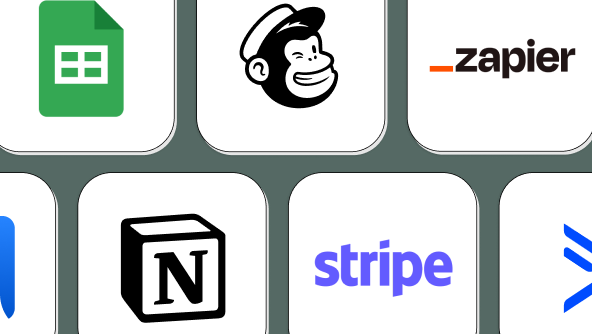
Products
PaperformPaperform is an online form builder like no other. It combines serious digital smarts with beautiful design to create endless possibilities.PapersignSimplify document signing with Papersign, so you can spend less time in email chains and more time on the important stuff.
Solutions
Web FormsScheduling FormsOrder FormsPayment FormsCalculation FormsSubscription FormsConditional LogicLanding page FormsQuiz MakerPoll MakerSurvey MakerTest Maker
All Solutions

Explore all the solutions you can create with Paperform: surveys, quizzes, tests, payment forms, scheduling forms, and a whole lot more.
See all solutionsIntegrations












Connect with over 2,000 popular apps and software to improve productivity and automate workflows
See all integrationsResources
BlogReal-life stories, trends, and strategies to help you grow your business.CareersJoin the company that prioritises 'life-work' balance.Online Signature GeneratorCreate and download a signature. Getting StartedHelpful guides to get you on track.Help CenterWe've got all the answers to your questions.
PricingSolutions
All Solutions

Explore all the solutions you can create with Paperform: surveys, quizzes, tests, payment forms, scheduling forms, and a whole lot more.
See all solutionsIntegrations

Connect with over 2,000 popular apps and software to improve productivity and automate workflows
See all integrationsResources
How do I insert page breaks and section breaks (pagination & question branching)?
Related Articles
Can I use logic to show/hide pages while still making sure that all questions are required?
Questions will keep their required setting at all times, but if a question is not visible, then it won't be required.
Can I add numbers to the page buttons?
You can add numbers to your pagination buttons in the Theme settings.
How do I repeat groups of questions?
Set up groups of fields that can repeat by allowing your respondent to select "Add another" or entering a set quantity.



